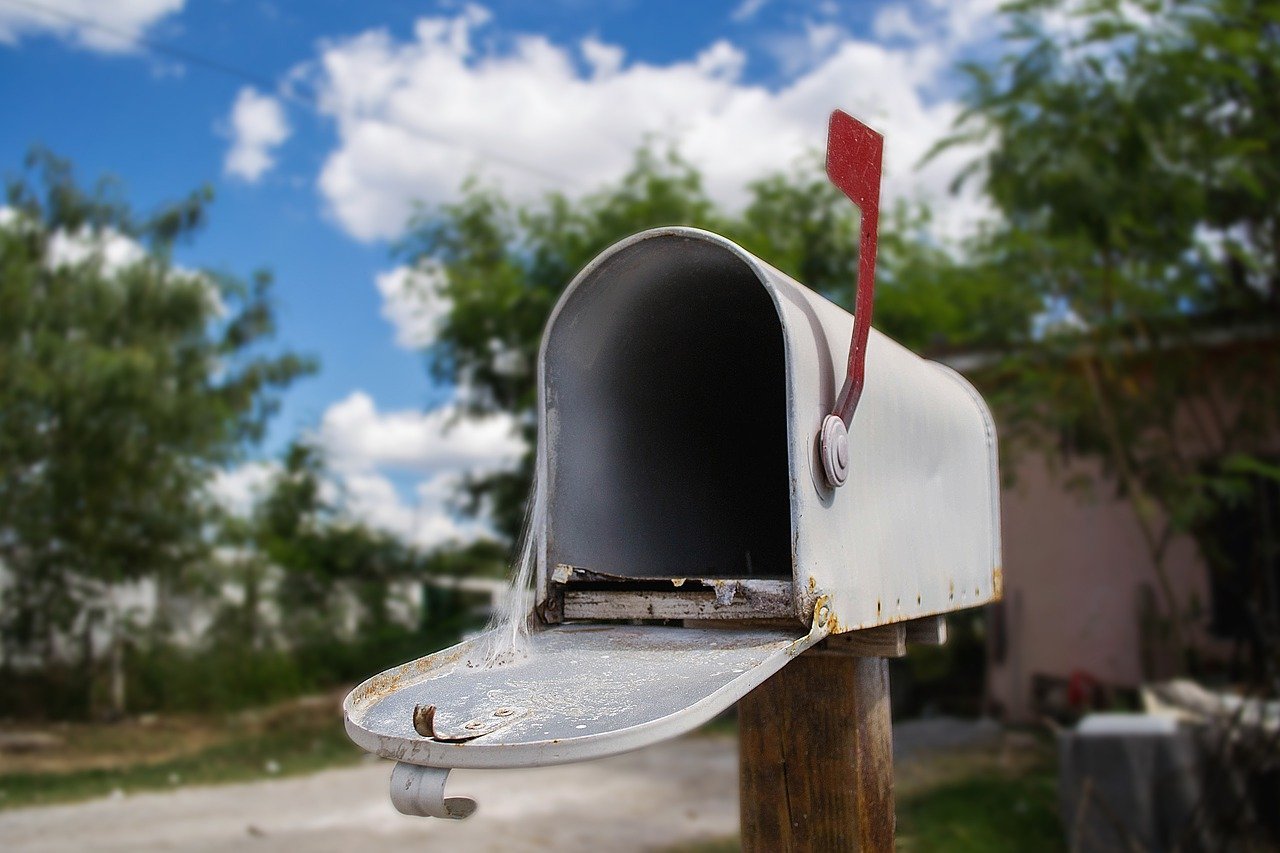Imagine you have a community. A new member wants to join, fills out a registration form, and sees a screen instructing them to confirm their email to complete the process. But they never receive the confirmation email.
This is a nightmare scenario for any community.
If you notice many unconfirmed accounts in your community, you're in trouble. There are some free and extremely useful tools that can help you determine the health of your outgoing emails. These tools allow you to see your emails from the perspective of a receiving mail server.
Are your emails being sent? Do they land in the spam folder? Or are they even blocked by major email providers?
Perform some checks to gain important insights and boost your email deliverability. Simple checks and explanations are included.
How to check emails from your community
Step 1: Are my emails blacklisted?
The first step is to check if your community domain is blacklisted. I use MX toolbox.
This free tool shows a long list of popular blacklists. Ideally, your domain in not found on any blacklist.
If your domain blacklisted on one or several lists, the next step is to check, how healthy are emails that your community sends out.
Step 2: Are my emails healthy?
There is an easy tool to check emails that your community sends out. Allow me to introduce: Mail Tester.
This tool is easy to use. You can perform 3 tests for free within 24 hours. Every community owner should use the tool to check how healthy their outgoing mails are.
- Open a mail-tester.com.
- Copy an email address, you see in the first field.
- Open your community and register as a new user with an email address from step 2.
- Return to mail-tester.com and press “Then check your score”.
- See the results.
Your goal is to score 10 out of 10. If you get 10 points, you're fine. Nothing to see or to read here; have a nice day.
Everything below 10 should be investigated.
And if you don't get any results, you are in real trouble! This means your emails are not being delivered at all. Probably, the server you're sending from is blacklisted, or your email configuration is corrupt.
What should you care about?
There are seven terms you have to understand about your email configuration.
1. Sender domain (envelope sender)
When your community sends an email, there are two important addresses involved:
- Header “From”. The address the recipient sees. This is the email address that shows up in their inbox as the sender. For example, contact@yourcommunity.com. Always use the domain of your community to send out emails. Avoid using other domains like yourcommunity@gmail.com.
- Envelope Sender. The address the recipient does not see. This is the technical address used by email servers to deliver the message. For example, MAIL FROM:<admin@yourcommunity.com>. This email address can be different from those, that the recipient sees in “From”.
The second email address is used when email cannot be delivered. Example:
- Header From: contact@yourcommunity.com (This is what your members sees when they receive emails from your community)
- Envelope Sender: admin@yourcommunity.com. If the email can’t be delivered, the bounce message will come back to admin@yourcommunity.com.
The header From can be faked! Everybody can use contact@yourcommunity.com in the header “From”. Their real email address is found in envelope sender. By checking the envelope sender, email systems can detect and block fake emails that might be trying to scam users.
The From address is normally set in your community. Envelope sender is set in SMTP configuration.
2. SMTP or not SMTP?
When your community sends out an email, it connects to an SMTP server (mail server). The SMTP server takes the email and finds the recipient's email server. The recipient’s server receives the email and stores it in their inbox until they check their emails.
If the configuration of the outgoing emails in your community does not have SMTP settings, then your emails are probably sent out direct from the community server (not mail server). This sending method has multiple disadvantages:
- It can be less reliable and might not always deliver emails successfully.
- Lacks built-in security features, making it more susceptible to abuse.
- Emails sent without SMTP are more likely to end up in spam folders due to lack of proper authentication.
It is more secure to use SMTP server for sending emails. This will significantly improve your email score.
Amazon SES is one of the cheapest email services available. Using Amazon SES, I send out over 2,000 emails daily at a cost of below 3 USD per month(!). However, configuring SES can be very tricky and requires strong technical understanding.
There are numerous other providers like MailChimp, SparkPost, SendGrid and so on. All of them are pretty simple to configure, but require more budget.
3. SPF - who is allowed?
SPF stands for Sender Policy Framework. This system is used to prevent email fraud by verifying that an email is sent from a legitimate source.
When your community sends an email, the recipient's email server checks the SPF record for your domain. This is a way to verify if your email server is authorized to send emails for your community domain.
Example: you send an email from contact@yourcommunity.com using MailChimp. The recipient’s email server receives the email and checks the SPF record for MailChimp server (usually IP). It sees that MailChimp is authorized to send emails for yourcommunity.com.
Check if your community domain has an SPF record here.
SPF record is set in the DNS settings of your domain. It is a plain TXT record that only you can add. Nobody else can do it for you, unless you host your community in the cloud. Then you have to ask your cloud provider.
SPF record is important, but not enough. The scammer can use the same email provider or share IP with your community. Then SPF record would allow the scammer to send emails on your behalf.
4. DKIM - this is really me
DKIM stands for DomainKeys Identified Mail. It is a security feature used to make sure that an email really comes from your community. It cannot be tampered.
When you send an email, your email provider adds a special digital “signature” to the email. Think of this like a unique key. This key can be generated on your server only. Special secret instructions are required to generate it. Nobody else can do it without access to your server.
When the recipient's email provider gets the email, it checks the key (digital signature) to make sure it’s valid. It does this by comparing the key to a “lock” of your community domain. This “lock” is publicly available. If the key matches the lock, the recipient's server knows the email is really from your community.
Check if your community domain has an DKIM record here.
DKIM is a plain TXT entry on your domain. It is added to the DNS settings of your domain. Only you can add it. Nobody else can do it for you, unless you host your community in the cloud. Then you have to ask your cloud provider.
5. DMARC - rules if checks fail
DMARC stands for Domain-based Message Authentication, Reporting, and Conformance. DMARC allows you to set rules for how emails from your community should be handled if they fail SPF or DKIM checks.
There are three rules that you can apply to the emails that do not pass the checks:
- none: No specific action is taken. Recipient's email server can choose what to do.
- quarantine: Those emails should be placed in the recipient's spam folder.
- reject: Those emails should be rejected and not delivered to the recipient's inbox.
Reject is the best option, if you have set SPF, DKIM and sender envelope proper and without issues.
Check if your community domain has an DMARC record here.
DMARC is a TXT entry on your domain. It is added to the DNS settings of your domain. Only you can add it. Nobody else can do it for you, unless you host your community in the cloud. Then you have to ask your cloud provider.
6. Bounced emails
Even if your email is configured with a score 10/10 according to mail-tester.com, it does not mean it is 100% healthy. The real score will also depend on how many emails you send that bounce.
Bounced emails are those that could not be delivered to your recipients. It can be that the recipient's email is abandoned, the inbox is full, or the recipient's server rejects emails from your community for some reason.
For example, Amazon SES allows 10% of sent emails to bounce. It means, your community can send to 100 email addresses where 10 are invalid before your account is in trouble.
The handling of bounced emails involves stopping sending emails to invalid addresses. This is a rare feature community offer out of the box. Normally, your community will continue to send out notifications about new topics, reactions, PMs and so on. The more emails to invalid addresses you send, the worse the reputation of your community email address.
The simplest solution is to monitor MAILER FAILURE responses and subsequently unsubscribe users who have invalid addresses.
7. Spam complaints
These are reports from the users that mark emails from your community as spam in their inbox. This harms your reputation much more than bounced emails. For example, Amazon SES allows 0.5% of sent emails to be marked as spam.
Other email providers (free and paid) rely on this statistic. If many users mark your community email as spam, one day the email provider starts to mark them as spam per default in other inboxes.
The solution is to include a good, visible Unsubscribe link in each email sent from your community. Manually unsubscribe users who mark the emails from your community as spam.
To know who has marked your emails as spam, use a DMARC record on your domain. Here you can add an email address for the abuse reports from the email providers.
Healthy emails are not only important for the registration, but also for sending out newsletter. Email marketing is an underrated opportunity often missed by community owners.
Have you performed any checks on your e-mail? How good is your reputation? How do you handle bounce and spam complaints?

By Sonya*
.png.5bec8b9a8f010a5bf3b385420412feff.png)



